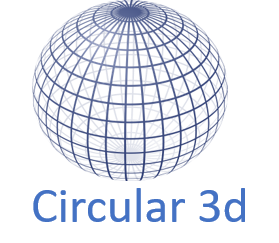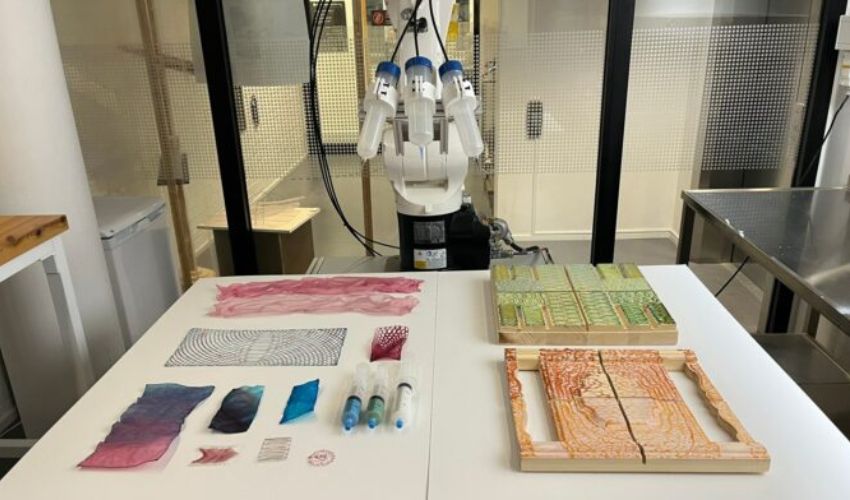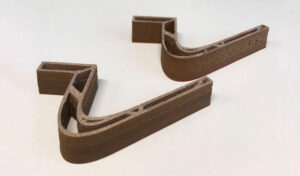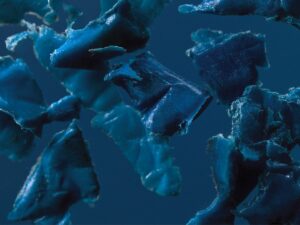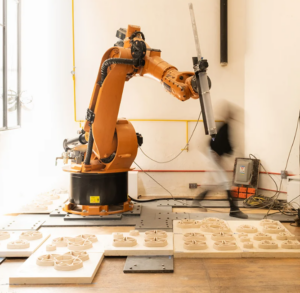Sustainable materials are increasingly in the spotlight as both companies and research teams try to find more eco-friendly alternatives for different industries. One of the sectors that places most emphasis on this quest for sustainability is the construction industry. This is because the emissions of this sector alone are some of the highest worldwide. Annually, the construction sector consumes 50% of the total global fossil resources consumed in the world, generates 40% of all global waste, and causes 39% of global CO2 emissions. This is why the search for an environmentally friendly material for construction has been so important. Now, it could be a reality with a 3D printed hydrogel that could be a greener, architectural material.
The new material for more eco-friendly construction comes from a team of researchers from Chalmers University of Technology in Sweden and the Wallenberg Wood Science Center. More specifically, the material is a 3D printed hydrogel made of nanocellulose and algae. Nanocelluolose, for those who may be less aware of it, is a well-known biomaterial and is already extensively used in the field of biomedicine as a way to 3D print scaffolds for tissue and cell growth. However, this would mark the first time it was used in architecture. (Read more)
